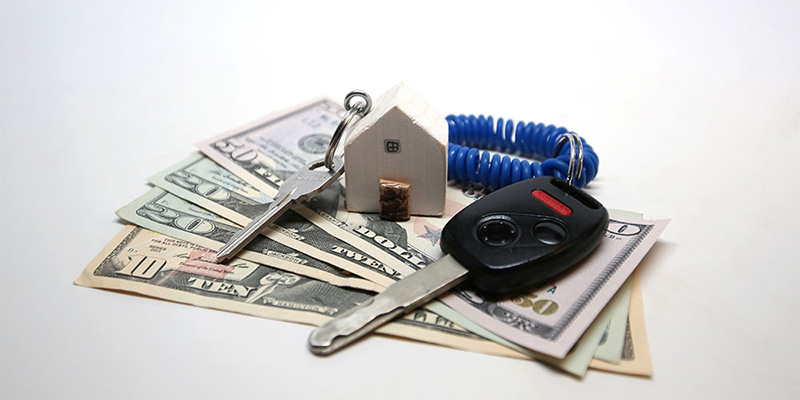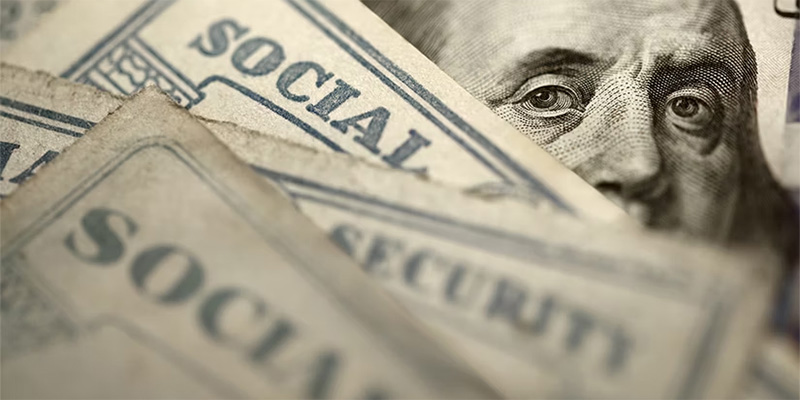
Why the Market Blew Up
I think we have heard enough about the yen carry trade, although that was certainly a contributing factor. Fine, we will rehash it here…
Financial Nihilism
Attaining wealth is harder these days, but in some ways, it is easier. I would not worry too much about it. Think about the future, or the future will think about you.

The No Worries Way
I am in New York for the launch of No Worries. Let’s talk about all the personal finance decisions I made to get here.
The House, the Car, and How Much to Save for Retirement
I follow a personal finance guy on Twitter, and I actually did an interview with him years ago. He’s a terrific guy, and he came up with some basic financial rules.
It’s good to have some basic financial rules, and his top three are as follows:
-
You should spend less than 25% of your income on housing.
-
You should spend less than 10% of your income on transportation.
-
You should save at least 10% of your income for retirement.
He also believes that you need two times your salary of life insurance per dependent and that you should have no non-mortgage debt.
On top of that: Know your net worth, pay your bills on time, and marry wisely (something I discuss in detail in my upcoming book, No Worries: How to Live a Stress-Free Financial Life, as it’s the most important financial decision you’ll make).
But for today, let’s focus on his top three…
Housing: Less than 25% of Your Income
I totally agree with this one.
That said, it might be hard, depending on where you live in the country. If you live in California, this is pretty much impossible. But you’ve got to try! And I might add, if you live in California and housing is 50% of your income, then you might want to consider moving. There are a lot of places in the country where you can get housing for less than 25% of your income.
Now, if you are spending 40%+ of your income on housing, it’s going to crowd out all other savings and investments, and you’re not going to be able to save for retirement. That’s why this is important.
If you have rent, it’s easy to calculate. If you own a home, then it’s your mortgage + your insurance + plus your property taxes + any maintenance divided by your income.
That’s it. Housing should be less than 25% of your income. That’s the rule, and it’s a good one.
Transportation: Less than 10% of Your Income
Consider car depreciation + insurance + gas.
Okay, how do you figure out car depreciation? Well, if you buy a $40,000 car and have straight-line depreciation over 10 years, you have $4,000 of depreciation per year. Insurance is going to cost you about 1,200 bucks if you’re a good driver. And let’s say gas costs you between $2,000 and $3,000.
That’s in the ballpark of $8,000 a year, which means you would have to make about $80,000 a year to do this.
So, how do you get your transportation costs down? A lot of it is through depreciation. You buy a cheaper car—maybe you buy a used car or a $15,000 car and have $1,500 of depreciation a year.
That’s how you get your transportation costs under 10% of your annual income, and it’s another basic financial rule worth following.
Saving for Retirement
Most personal finance books say that you should save 5%–10% of your income. I think you can be much more ambitious than that—30% is a good target.
You need to determine what monthly or annual income you need to support the lifestyle you want when you retire. Yes, it’s a little daunting, but it’s important.
If you want to just do a skydive and hope you land in a good place, then I can’t help you. Hope is not a strategy.
So, you’re going to need to get some paper out, sit down, and really spend some time with this. There are two methods I like here, and I recommend you do both—I walk you through everything in my guide, Saving and Investing for the Retirement You Want, which is available here.
Remember, wealth is the product of nailing the big decisions, not a million small choices. The big decisions are bigger than you think they are, and the small decisions don’t matter as much as people have come to believe. Nobody gets rich skipping lattes or skimping on tips.

Jared Dillian, MFA
|

Layoffs Are Traumatic but Not the End of the World
Let’s say you just got laid off from your job. You’re probably pretty upset.

When to Take Social Security Benefits
Claiming Social Security benefits at age 62 is a huge mistake. Do not take Social Security at age 62.